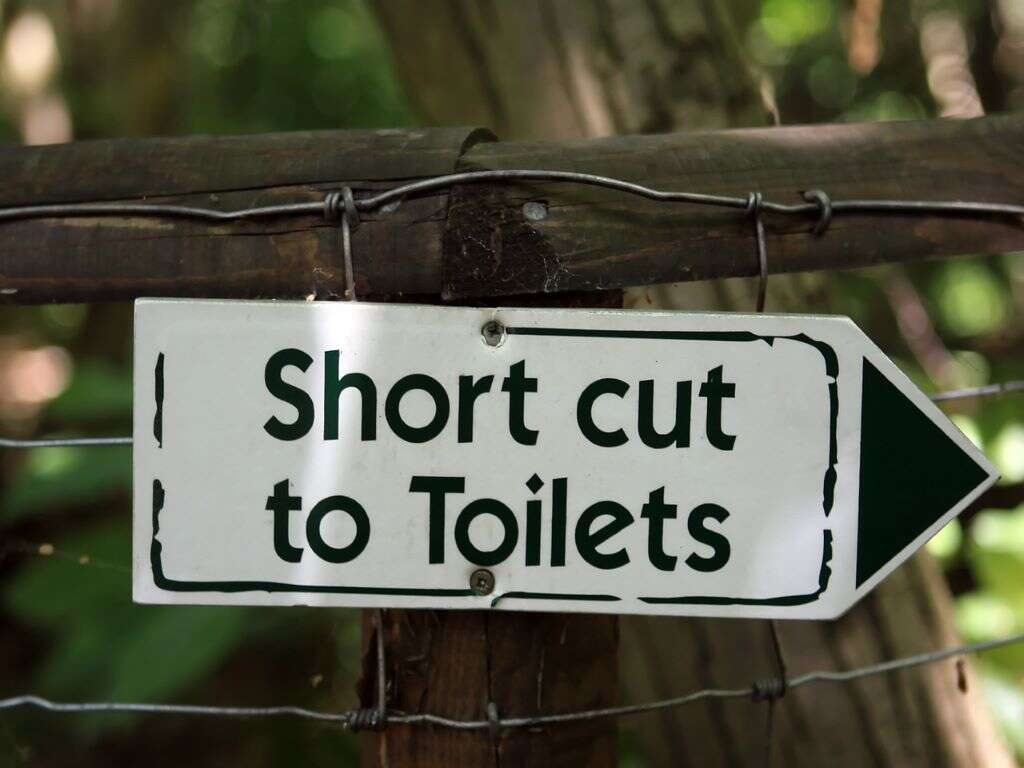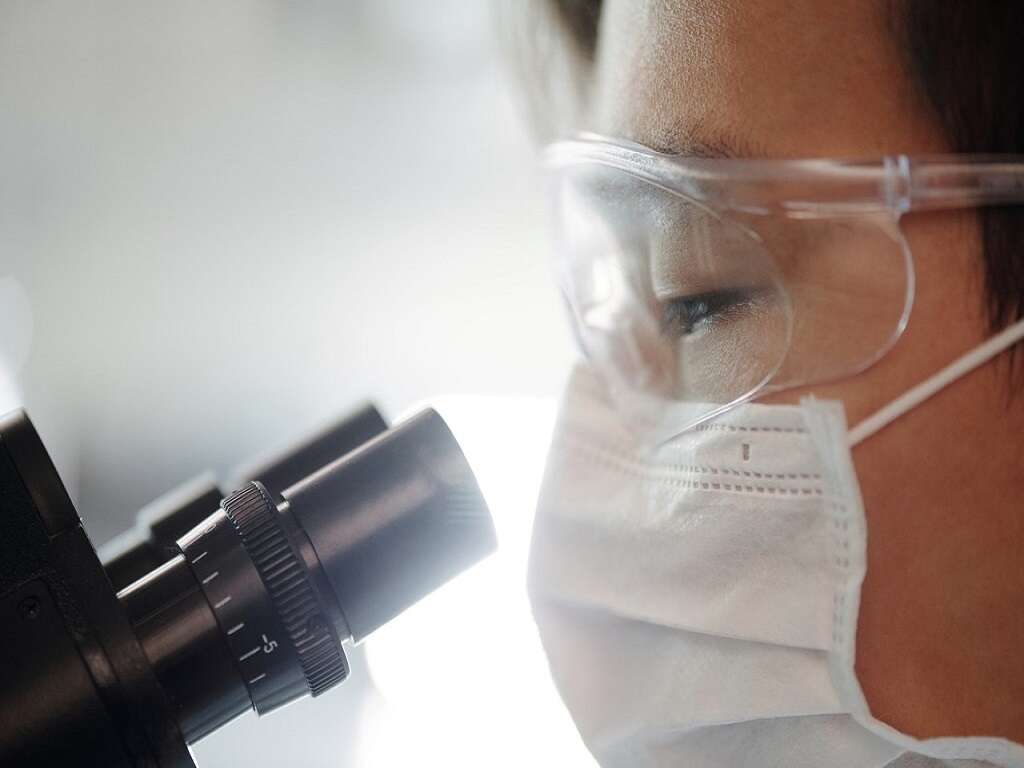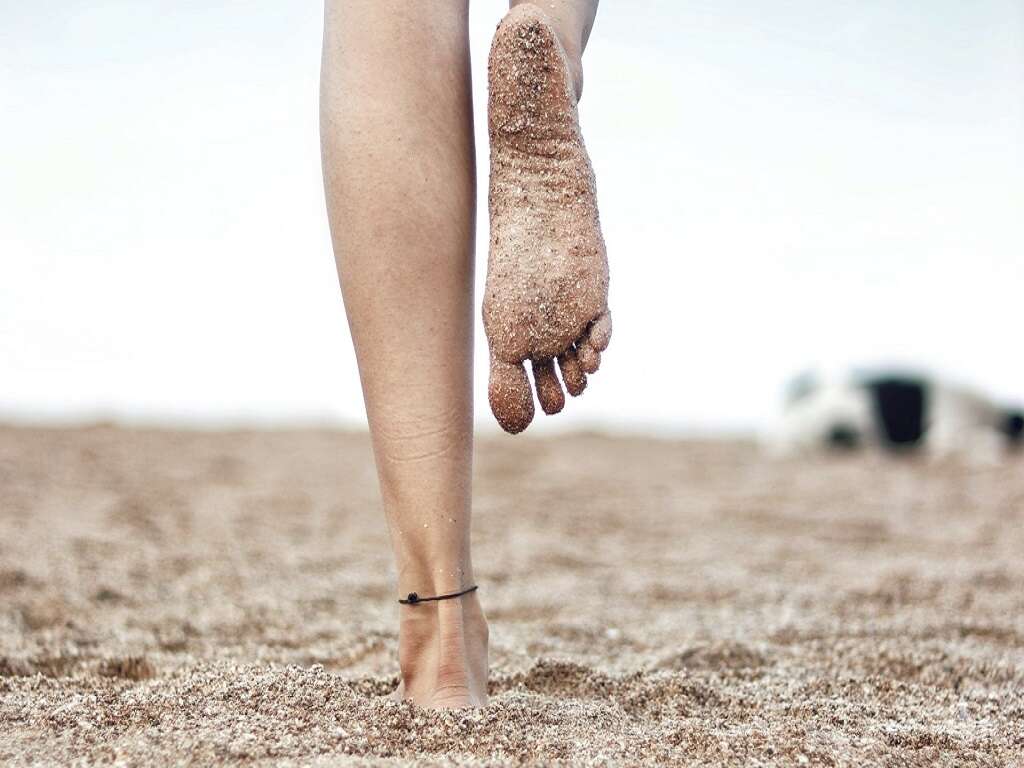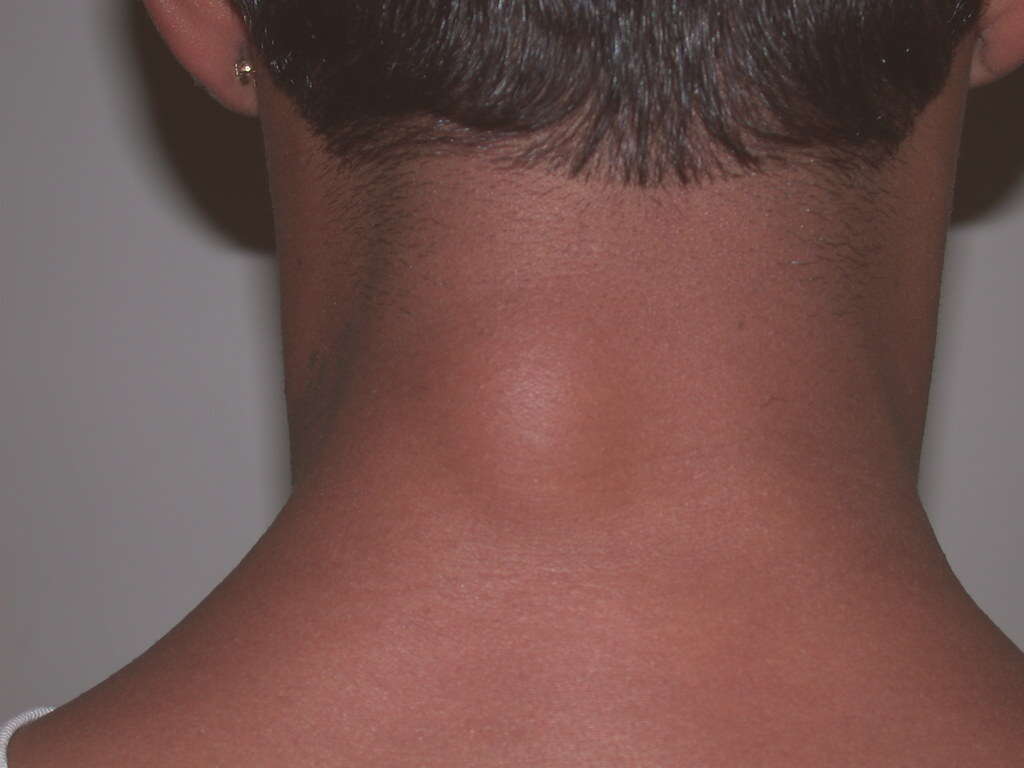Wrist Cyst Causes, Treatments & More
 Article Sources
Article Sources
- 1. Cleveland Clinic medical professional. 'Ganglion Cysts: Causes, Symptoms, Diagnosis & Treatment.' Cleveland Clinic, 23 Nov. 2020, my.clevelandclinic.org/health/diseases/15554-ganglion-cysts
- 2. Mayo Clinic Staff. 'Ganglion Cyst - Symptoms and Causes.' Mayo Clinic, 9 Jan. 2019, www.mayoclinic.org/diseases-conditions/ganglion-cyst/symptoms-causes/syc-20351156
- 3. Jennings, MD, Charles. 'Ganglion Cyst of the Wrist and Hand - OrthoInfo - AAOS.' Mar. 2013, orthoinfo.aaos.org/en/diseases--conditions/ganglion-cyst-of-the-wrist-and-hand/
- 4. Orthobethesda. 'What to Do When a Ganglion Cyst Ruptures.' Ortho Bethesda, 17 Mar. 2021, www.orthobethesda.com/blog/what-to-do-when-a-ganglion-cyst-ruptures/
- 5. 'Cysts - Ganglion Cysts.' Better Health Channel - Better Health Channel, Victoria State Government Department of Health, www.betterhealth.vic.gov.au/health/conditionsandtreatments/cysts-ganglion-cysts
When a cyst appears on the back of the hand or wrist, it's typically a ganglion cyst. These soft lumps under the skin range in size and contain a thick fluid similar to the lubricating fluid around joints. Ganglion cysts grow out from the tissues around joints and are round or oval-shaped.1Cleveland Clinic medical professional. ‘Ganglion Cysts: Causes, Symptoms, Diagnosis & Treatment.’ Cleveland Clinic, 23 Nov. 2020, my.clevelandclinic.org/health/diseases/15554-ganglion-cysts
Ganglion cysts may also appear on the palm side of the wrist or the base of a finger. When they grow just below the cuticle on a finger, they're called mucous cysts. Occasionally, a ganglion cyst may develop on the top of the foot or the outside of the knee or ankle.
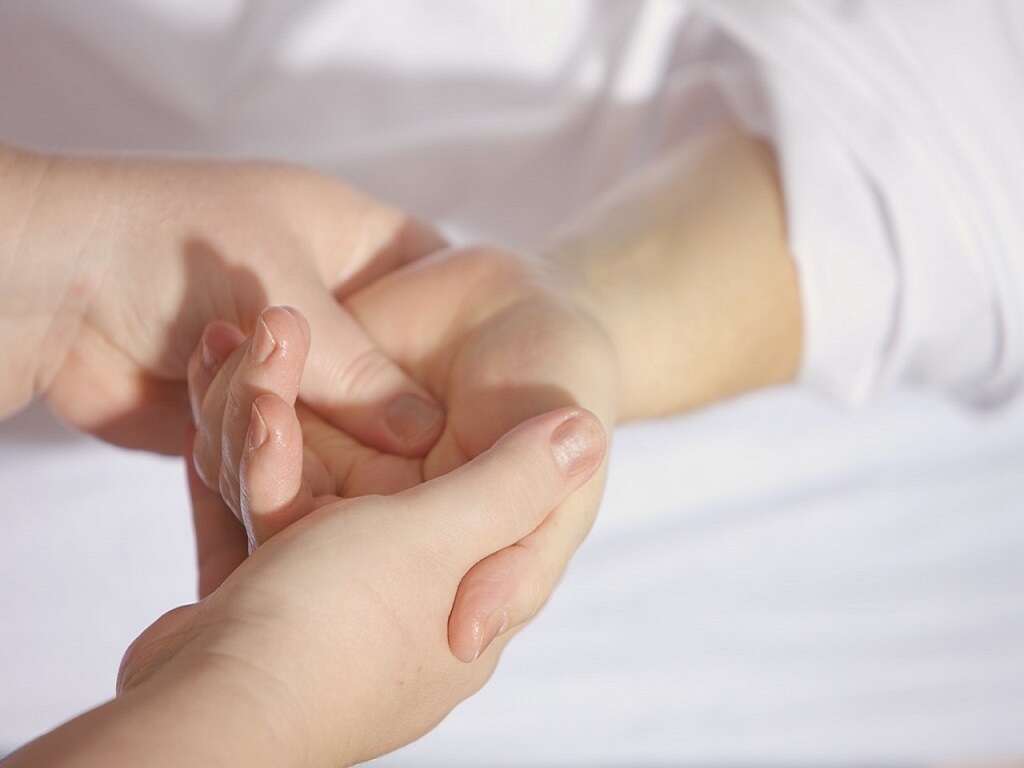
What Causes Ganglion Cysts?
Scientists haven't yet discovered what causes ganglion cysts. Some possible explanations include cysts growing out of a joint due to a bulging tendon or tissue. An injury to the tissue or tendon around a joint may cause it to break down, resulting in small cysts. These cysts then join together, forming one large mass.
An MRI of a ganglion cyst shows it resembles a water-filled balloon with a trunk protruding from the area around a joint. Ganglion cysts may range from pea to golf ball size. They may grow larger with joint use and decrease in size when the joint is rested.

Are Wrist Cysts Painful?
If a ganglion cyst presses against a nerve, it may cause pain and numbness, tingling, muscle weakness or a diminished range of motion. If this happens, have a physician examine the cyst. Even a tiny ganglion cyst may cause pain and yet not be visible or cause a lump.
A ganglion cyst that grows close to a joint may inhibit joint movement. If a lump appears on the hand, wrist, leg or ankle, and cause trouble with a joint, have it examined by a physician.

Symptoms of Ganglion Cysts
A wrist cyst may start out as a swollen area that eventually forms a soft bump. This bump, or ganglion cyst, may change size but doesn't generally move from its original location. There may be one bump or several smaller bumps typically connected deeper in the tissue near the joint.
It's possible to have weakness in a finger when a ganglion cyst grows under the skin if the cyst is attached to a tendon. Any of these symptoms are reasons to see a physician.
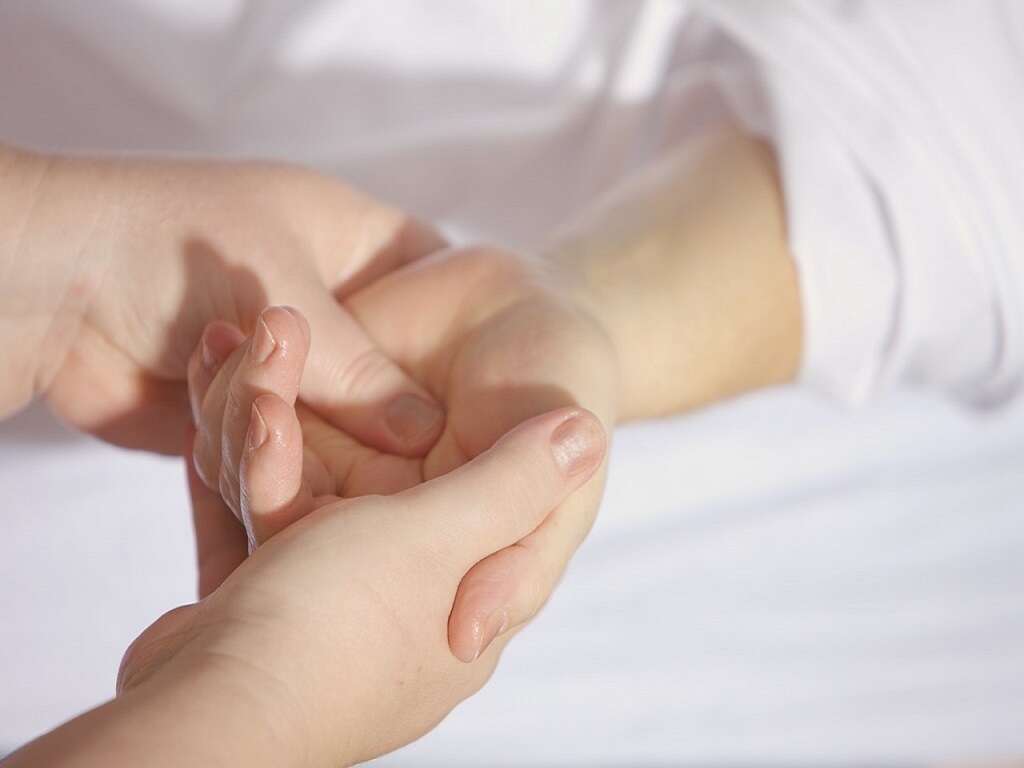
Who Gets Ganglion Cysts?
There are several factors that may increase the risk of developing a ganglion cyst. These cysts are more common in women ages 20 to 40, according to studies. Doctors suggest that having osteoarthritis may increase the risk of growing a ganglion cyst because of the effects of arthritis on the joints.2Mayo Clinic Staff. ‘Ganglion Cyst - Symptoms and Causes.’ Mayo Clinic, 9 Jan. 2019, www.mayoclinic.org/diseases-conditions/ganglion-cyst/symptoms-causes/syc-20351156
Trauma that occurs to the wrist joint may also make developing a ganglion cyst in the area more likely.

Diagnosing Ganglion Cysts
A doctor may diagnose a ganglion cyst by applying pressure to the cyst and checking for discomfort or shining a bright light on the cyst to see if it's fluid-filled or solid. The physician may order tests such as an X-ray, ultrasound or MRI to eliminate other diagnoses, such as arthritis or a tumor.
A doctor may also perform an aspiration to diagnose a ganglion cyst. This involves inserting a needle into the cyst and drawing out fluid into a syringe for testing.
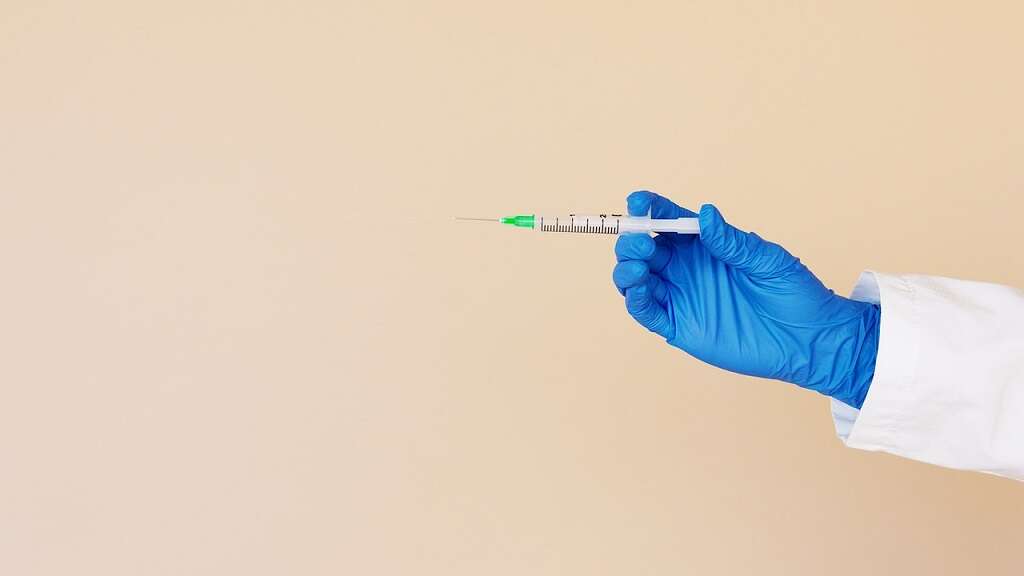
Management of Ganglion Cysts
The fluid in ganglion cysts may be absorbed by the body, resolving the cyst on its own. Management of a ganglion cyst may include using a splint to keep the joint at rest, which may allow the cyst to dissolve.
During aspiration to diagnose a ganglion cyst, the doctor may drain the fluid and temporarily relieve symptoms, but the cyst may fill up again. Surgery may be recommended to remove the cyst with a lower risk of recurrence.3Jennings, MD, Charles. ‘Ganglion Cyst of the Wrist and Hand - OrthoInfo - AAOS.’ Mar. 2013, orthoinfo.aaos.org/en/diseases–conditions/ganglion-cyst-of-the-wrist-and-hand/
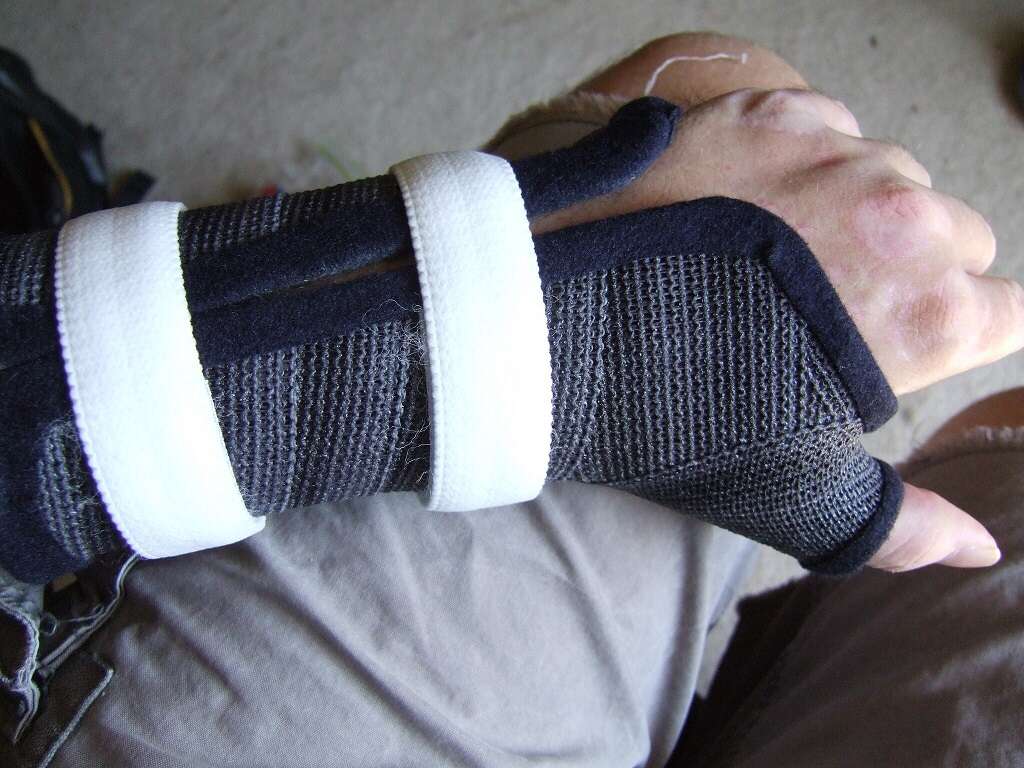
Can a Ganglion Cyst Be Popped?
Wrist cysts can burst when hit with enough force, but it shouldn't be popped intentionally. If it does rupture, the area may be red, sore and swollen, and it may be possible to feel the fluid under the skin as it spreads. There is also risk of infection.
The bloodstream should absorb the fluid in a few days, and the cyst and swelling may resolve naturally. If not, see a medical professional, such as a family physician or dermatologist, as soon as possible.4Orthobethesda. ‘What to Do When a Ganglion Cyst Ruptures.’ Ortho Bethesda, 17 Mar. 2021, www.orthobethesda.com/blog/what-to-do-when-a-ganglion-cyst-ruptures/
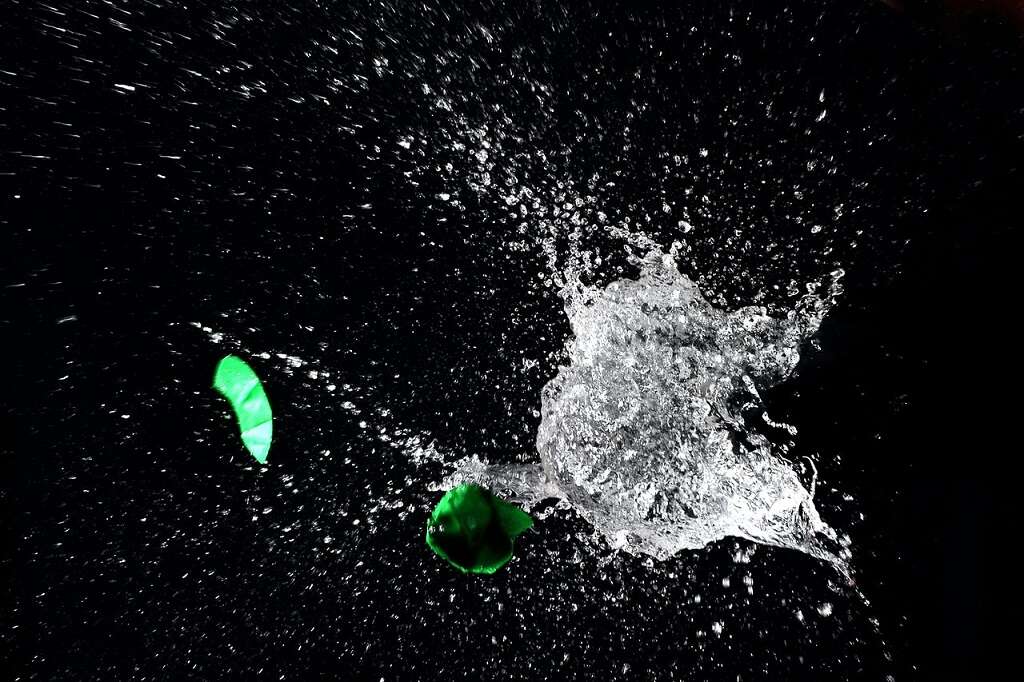
Invisible Ganglion Cysts
Although most ganglion cysts appear as a bump on the skin, some may be so small they remain invisible. These small cysts are called occult ganglions. At times, pain may occur in the wrist or top of the hand with no visible cause. The pain may be due to an occult ganglion pressing on a nerve.
A physician may use imaging tests to check for an occult ganglion cyst when a person has pain in the wrist or hand with no obvious origin.

Do Ganglion Cysts Return?
Ganglion cysts may come back. If surgically removed, a ganglion cyst is less likely to grow back. Other management methods may not be as successful. Limiting activity by putting the joint in a splint may help the cyst resolve but it may eventually grow back.
Patients who undergo needle aspiration have a 50 percent chance of the cyst returning. If a ganglion cyst is aspirated a minimum of three times, there's an 80 percent or more possibility it won't return.5‘Cysts - Ganglion Cysts.’ Better Health Channel - Better Health Channel, Victoria State Government Department of Health, www.betterhealth.vic.gov.au/health/conditionsandtreatments/cysts-ganglion-cysts
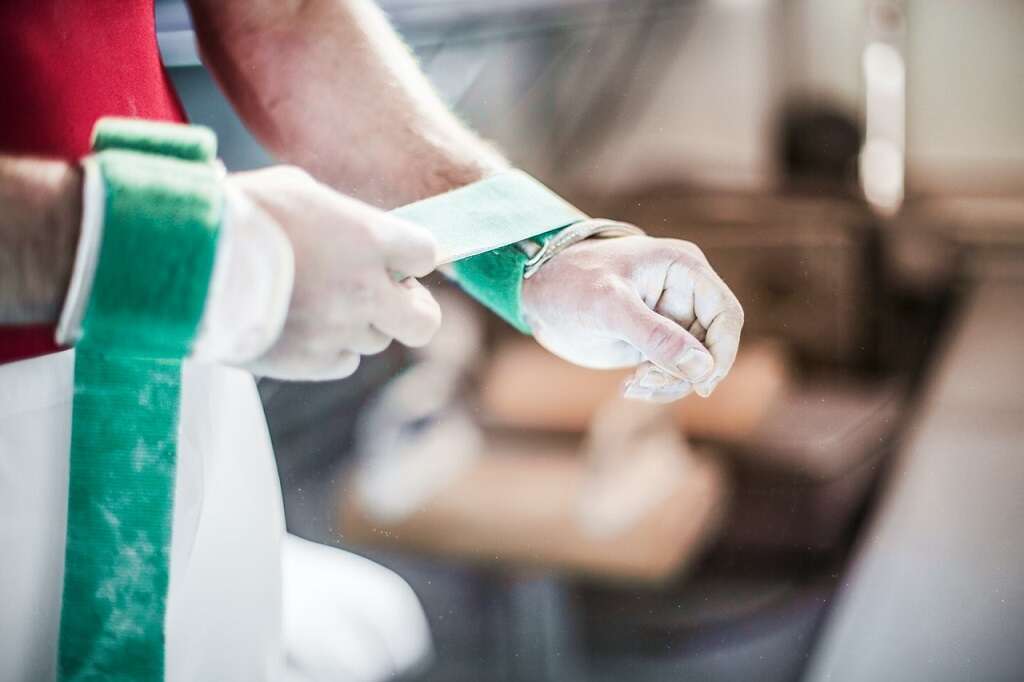
When To See a Doctor
Although wrist cysts may go away without needing a doctor's intervention, if they cause any pain or troubling symptoms, have a physician examine the cyst as soon as possible. Once the doctor determines the wrist cyst is a ganglion cyst, they may offer management options.
Sometimes a wait-and-see approach along with over-the-counter pain medicine and joint immobilization may be recommended, especially in cases of small cysts. Other times, the doctor may refer the patient to a dermatologist or orthopedic surgeon.




